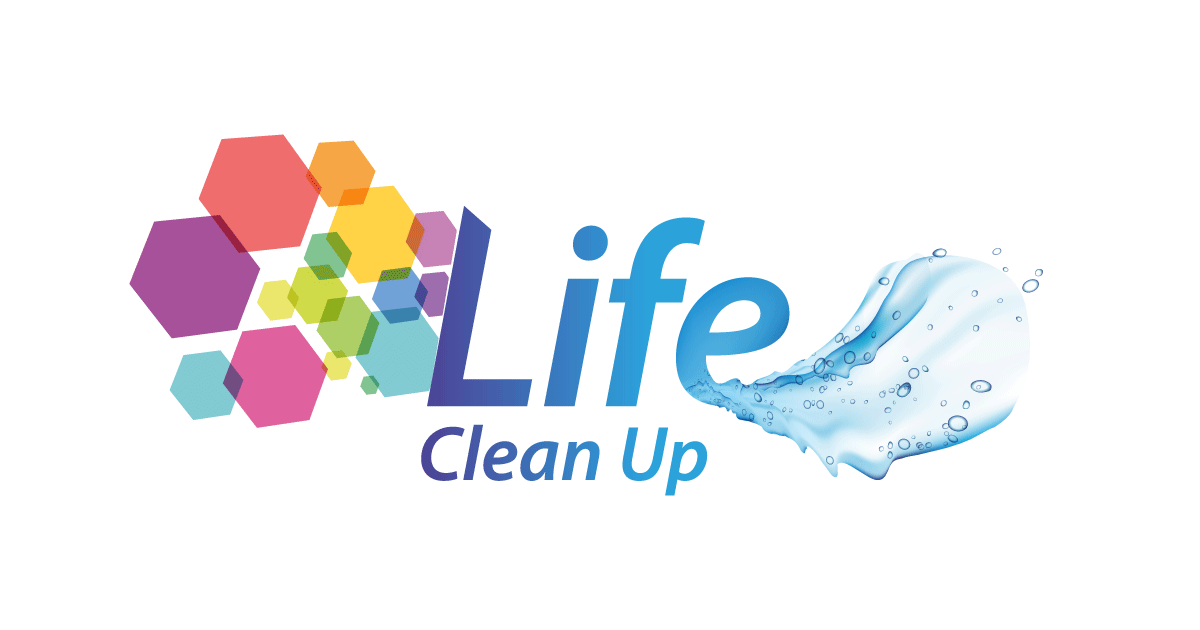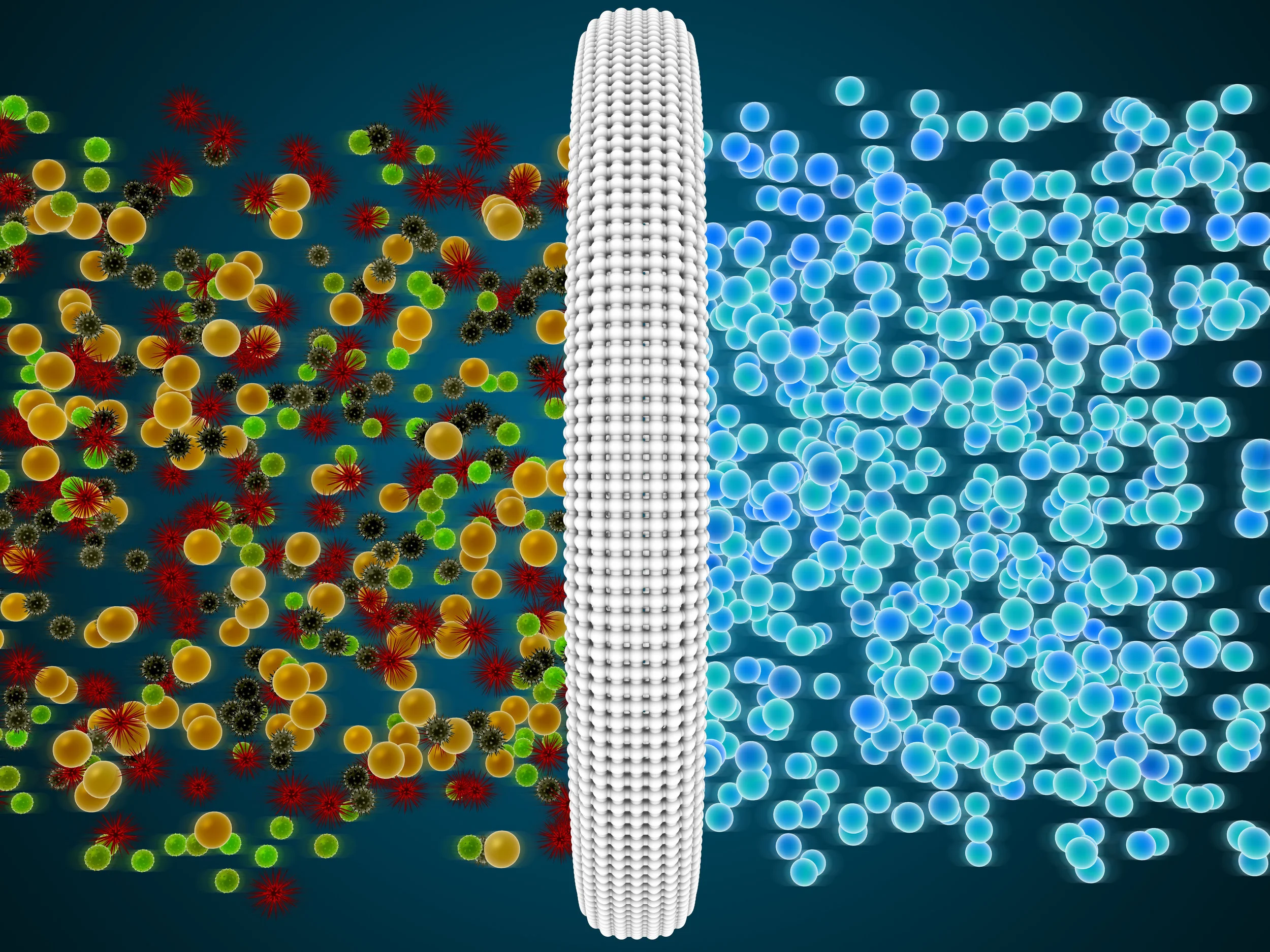Project LIFE16 ENV/ES/000169
Emerging contaminants (CEs) that, through urban wastewater and effluents from wastewater treatment plants (WWTPs), reach aquatic and terrestrial ecosystems cause negative effects on ecosystem services. LIFE CLEAN UP aims to improve water purification with an efficient and environmentally friendly technology to obtain purified water exempt from CEs.
Through project LIFE16 ENV / ES / 000169 called "Validation of adsorbent materials and advanced oxidation techniques to remove emerging pollutants in treated wastewater" that begins its activity in October of 2017 and will be developed until October of 2020. This project has a budget of 1,492,512 € of which the European Union has co-financed with € 895,506
aIMS
The main objective is to validate and demonstrate a system of elimination of CEs and other pathogenic microorganisms that are not eliminated by the current water management systems, causing a great environmental impact and on human health. Specifically, the objectives to be addressed are:
• Optimize the adsorption capacity of the materials used for different CE families.
• Adapt the methodology for the development of polymers and biomaterials for industrial scaling.
• Validate economically and environmentally the technology of the applied AOPs (light pulse, photocatalysis and photosynthesizers)
• Validate and demonstrate a prototype that integrates the proposed technologies (retention by adsorbent materials and destruction by AOPs) on a semi- industrial scale in a WWTP.
• Validate the process by comparing the results obtained in the plant with those obtained at the laboratory scale
• Demonstrate the use of renewable energies for the implementation of the system at an industrial level
• Facilitate replication on an industrial scale through feasibility studies and cost-benefit analysis
• Enable the transfer of the purification system to other industrial sectors
• Raise awareness about emerging contaminants, their causes, consequences and options to minimize their appearance.
• Develop a commercial product for its launch once the project is finished
eXPECTED RESULTS
The project will have very positive consequences at an environmental, economic and health level, since it will facilitate the generalization of very versatile and powerful water treatment technologies, which will contribute to solving a serious environmental and health problem derived from the presence of pollutants in our waters with high impact on human health and ecosystems.
The main technical result is the validation of a purification system that retains more than 90% of the ECs by means of adsorbent materials
The treatment capacity of the prototype will be 5m3 / hour for the treatment of urban wastewater from a small population. At the end of the project, its application at an industrial level will be possible, covering the entire treatment volume of a WWTP.
Other results for the project:
Protocols for the generation of different EC adsorbent materials with numerous applications in water treatment
Work protocols and operational criteria of light pulse, catalysis and photosynthesis technologies to destroy organic pollutants
Prototyping and parameterization of the purification equipment on a semi-industrial and industrial scale
Technical-economic viability of an industrial wastewater treatment plant based on advanced adsorption and oxidation technologies
Cost-benefit analysis, market study, business plan and exploitation plan of the proposed system
Socio-economic and business benefits for participating companies that in the medium term will have a new product whose characteristics will make it unique in the global market.
Industrial uses in the treatment and recovery or destruction of various organic compounds: pharmaceutical industry, cosmetics, hygiene and personal care, chemicals, etc.
More than 100,000 people and 2,000 entities informed.
actions
A. Preparatory actions
A1 Characterization of emerging pollutants in wastewater treated with EDARs
A2 Optimization of the process of obtaining different polymer-based adsorbent materials
A3 Optimization of innovators Advanced Oxidation Processes
A4 Preliminary studies and calculations of the prototype on a semi-industrial scale
B. Implementation actions
B1 Construction of the semi-industrial prototype for WWTP
B2 Installation, start-up and optimization of the prototype
B3 Transfer, replication and sustainability
C. Actions to monitor the impact of project actions
C1 Validation of technology and its viability at a semi-industrial scale
D. Awareness and dissemination actions
D1 Public awareness and dissemination of results
D2 Technical dissemination of the project
E. Coordination and follow-up actions
E1 Project management

